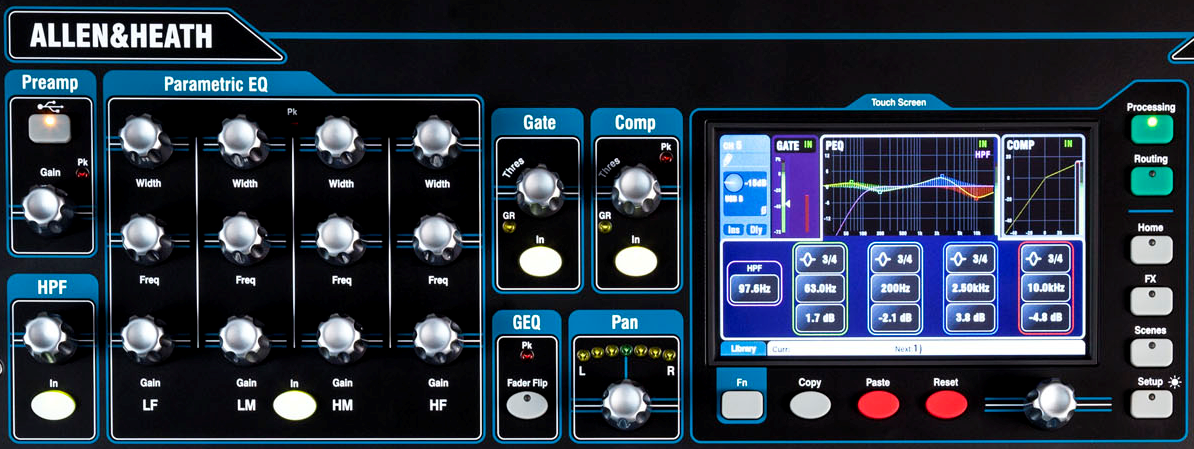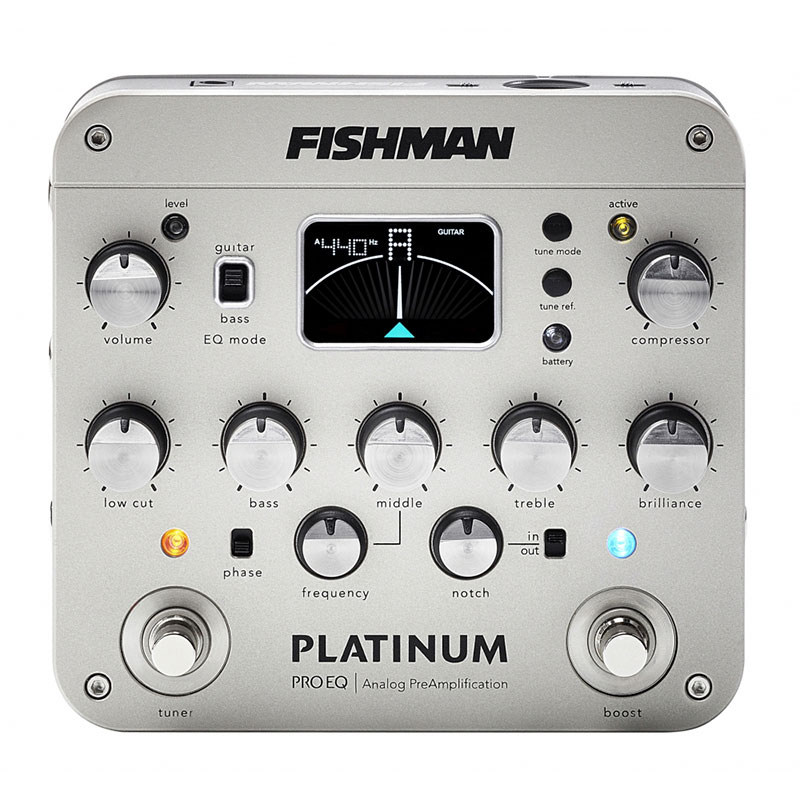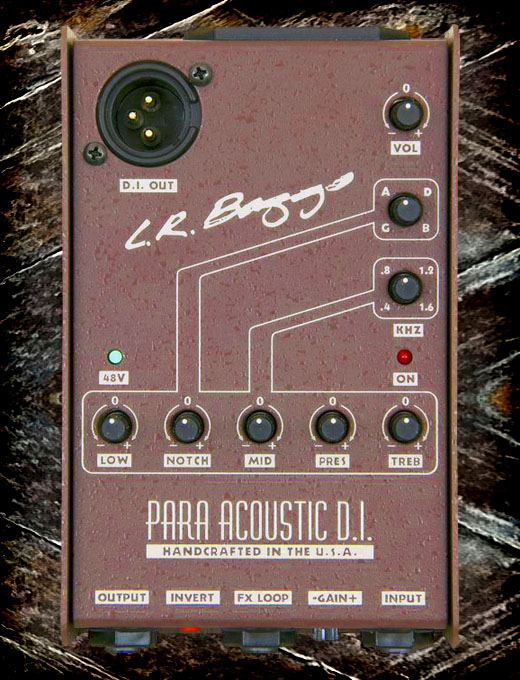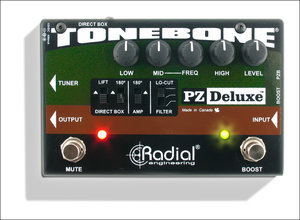May 2024:
Initial impression is that this is an excellent design concept well executed with quality components and materials. If you are fed up with the traditional collapsible metal music stand then this is most certainly for you.
BEST IN SHOW @ NAMM 2024
July 2024:
I’ve now used this stand constantly in my studio and also at a few gigs for holding set lists.
My initial impressions have only been reinforced, this really is a very well engineered product. From holding wide weighty tomes such as the legendary Fiddler’s Fakebook to securing flimsy A4 sheets this stand does it all. The top bar has both vertical and angular adjustment to assist in supporting whatever sheet format is being used. If you use a phone or tablet the optional flexi-mount is equally well engineered and versatile, as is the Lumilight if you need illuminating.
Weighing in at just 1.2Kg , much of which is in the base for stability, and collapsing down to 440 x 65 x 50 it takes up little room. A sturdy padded zipped bag with separate compartments for the flexi-mount, Lumilight and carry strap measures 480 x 130 x 100 and is a worthwhile investment to keep the stand in top condition; the aesthetics are well worth protecting as the matt black finish is beautiful (Also available in white)
Once familiar it really does take seconds to unfold - at a leisurely pace 20 Seconds - then 10 seconds to fit the light and 15 second for the flexi-mount, so all in under a minute and most importantly there is no way to snag the arms or get mixed up if in a hurry. The height adjustment is sublime and requires just one hand, and the top of the stand can go from just 0.80m to 1.65m
Whilst above the average cost for music stands the KraftGeek is by no means the most expensive, yet it delivers way above any other product in terms of performance and versatility. Considering its designed in durability it will outlast many other stands, and that in itself bring superb value for money … probably the last stand you’ll ever need to buy. If you need a collapsible music stand this should be at the top of your list.
Well done to the team at KraftGeek for bringing this product to market - it really will enhance the lives of all those musicians who use it.
Use link below or code SONICVIOLINS at checkout for additional 15% discount:
https://kraftgeek.com/?ref=SONICVIOLINS
























